|

THE
WORLD'S FIRST OCEAN CLEANUP CONCEPT APRIL 2013
- PLEA
Help us determine its feasibility. Delft, Netherlands Technology
We've reached our minimum target!! We can't thank you enough for your support!
Further resources will enable us to develop spin-offs aimed at intercepting plastic pollution in rivers, and speed up our feasibility study research.
Thank you.
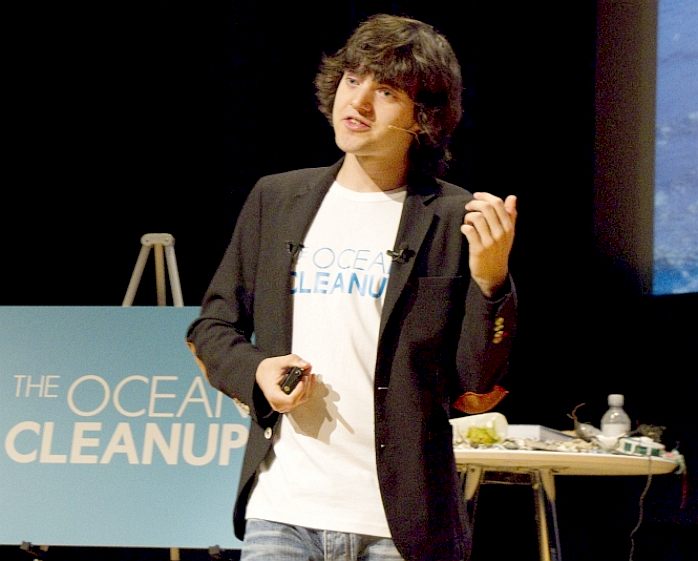
Boyan
Slat presenting the Ocean Cleanup concept
INDIEGOGO
CAMPAIGN
This campaign started on Apr 05 and closed on May 05, 2013 (11:59pm PT).
$89,518USD was raised of $80,000 goal.
BOYAN
SLAT
18-year-old
Boyan Slat came up with a concept that may be able to remove vast amounts of plastics from the oceans.
Now, together with a group of students, engineers, oceanographers and industry experts, he has set out to investigate and demonstrate its viability and feasibility.
"I don't know if it's possible, and that's exactly the reason I'm doing it."
THE PROBLEM
The world's oceans are polluted with millions of tonnes of plastic.
[see conflicting UN
report]
Plastic reaches the oceans mostly from land through rivers and waterways, and then accumulates in five areas of high concentration, called oceanic gyres.
Not only do such 'garbage patches' directly kill millions of aquatic animals annually. They also spread harmful algae and other invasive species, and serves as a transport medium for pollutants (including PCBs and DDT), which accumulate in the food chain.
Plastic pollution costs governments, companies and individuals millions of dollars in damages per year, due to loss in tourism, vessel damages and (inefficient) beach clean-ups.
THE SOLUTION
The ultimate solution to plastic pollution is clear: we need to close the tap by ending our reliance on disposable plastic items/packaging; we need proper waste management globally; and we need to become more aware of the problems our garbage is creating. Solving this massive problem will require dramatic changes at many levels- legislative, industrial, and individual.
However, even if we close the tap, we still need to clean up the massive quantities of plastic garbage already contaminating our oceans.
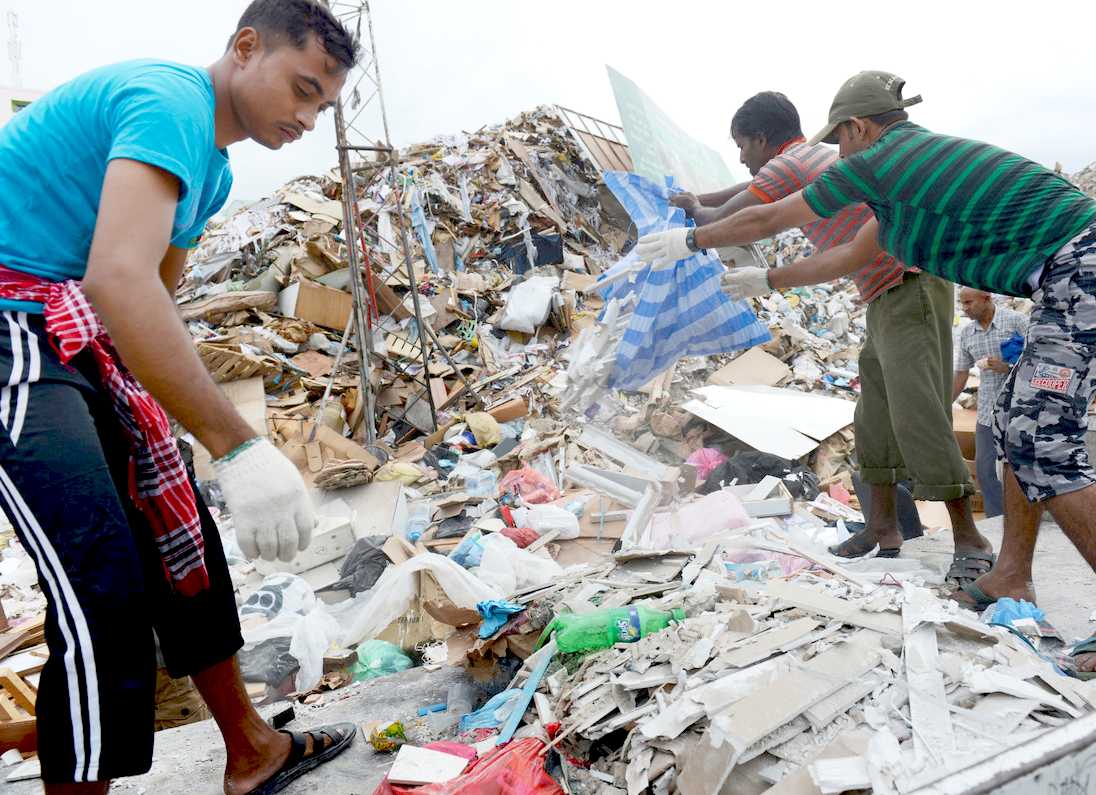
THE CONCEPT
Current ideas to remediate the gyres are basically all derivatives of ships and nets that fish for plastic. Not only would these cleanups take an enormous amount of time, and carry astronomical operational costs, but would also kill or injure a significant amount of sea life and would not collect the smallest and even more harmful particles.
[These drawbacks are now the subject of the SeaVax concept, January 2015,
where much of the ocean waste will never come near static treatment
installations]
Problem: The plastic is not static, it moves around.
Solution: Why move through the oceans, if the oceans can move through you? Fix the sea water processors to the sea bed, and save vast amounts of funds, manpower and emissions.
Problem: Oceanic 'Garbage Patches' are huge, and cleaning them up would result in enormous
by-catches. Furthermore there is a huge variety in debris sizes.
Solution: By using floating booms instead of nets, much larger areas will be covered.
Not using mesh means that even the smallest particles will be diverted and extracted. No mesh - together with its low speed - will result in virtually no by-catch.
Although this hypothesis still has yet to be tested, even the planktonic species - due to their density being close to that of the sea water - may move under the booms along with the water flow.
Problems: A clean-up operation would generate significant emissions and in high seas a great deal of plastic would escape.
Solution: The platforms will be completely self-supporting, receiving their energy from the sun, ocean currents and waves.
By letting the platforms' wings sway like a manta
ray's, we can ensure contacts of the inlets with the surface, even in the roughest weather.
Boyan Slat wishes to confirm all assumptions made in his concept, and for that he and his global team is looking for a research budget.
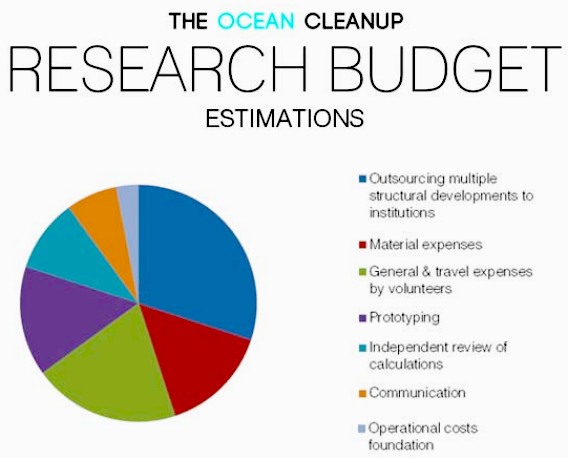
BUDGET
ESTIMATES
With $80,000, we can cover all estimated costs to scientifically prove the concept's feasibility. Our research includes 35 research topics in the fields of engineering,
oceanography, (geo)
physics, ecology, finance, maritime law and recycling.
By (successfully) finishing this all-important study, we can continue with an open ocean pilot, followed by the actual full-scale execution of The Ocean Cleanup.
The main challenges lie in the scale and environmental conditions. If, due to these challenges, the concept turns out to be infeasible, further research efforts shall be directed towards adapting the concept for
river deltas and coastal areas.
However, even if we can prove feasibility, we will still direct part of our resources towards developing
plastic interception technologies, because we believe the tap has to be closed before a gyre cleanup should be commissioned.
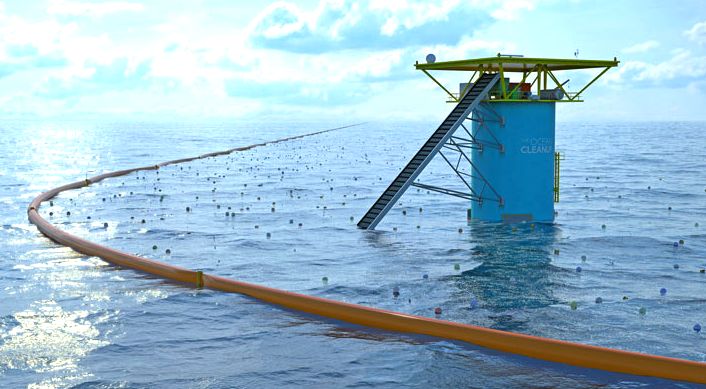
The Ocean Cleanup
project is to develop technologies to extract, prevent, and intercept plastic pollution. The Ocean Cleanup’s goal is to fuel the world’s fight against oceanic plastic pollution, by initiating the largest cleanup in history.
Small scale model tests indicated The Ocean Cleanup Boom to perform significantly better than conventional booms, while deploying a 40 m long boom near the Azores showed
that a boom can capture and concentrate plastic pollution.
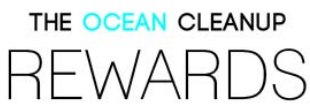
SELECT A PERK
$1USD - THANK YOU!
A well-deserved thank-you from The Ocean Cleanup team, and we will send all contributors a digital copy of the feasibility study summary once the research has been completed.
Estimated delivery: October 2013
562 claimed
$25USD - "PLASTIC IN MY WATER" MOVIE
A DIGITAL COPY of "Plastic In My Water", a documentary about how all this plastic ended up in our water. The documentary features portraits from the inventor of Bakelite, all the way to Boyan Slat, who wants to rid the oceans of plastic. This documentary will also follow Boyan's progress during this feasibility study. - sponsored by director Allard Faas - www.plasticinmywater.com
Estimated delivery: October 2013
515 claimed
SOLD OUT
$50USD - RAGBAG® TEA SHOPPER BAG
RECYCLED & REUSABLE SHOPPING BAG - Made from recycled tea sacks (big-bags) from India - sponsored by RAGBAG® - a sustainable Dutch brand making designer bags from rubbish. - www.ragbag.eu [NL shipping included +$20 for international shipping]
100 out of 100 claimed
$75USD - CHILDREN'S BOOK "GOING BLUE"
AWARD-WINNING BOOK WRITTEN BY CATHRYN BERGER KAYE AND PHILIPPE COUSTEAU. "Going Blue: A Teen Guide to Saving Our Oceans, Lakes, Rivers, & Wetlands" - sponsored by Free Spirit Publishing - www.freespirit.com [US and NL shipping included +$20 for other countries]
10 out of 100 claimed
$75USD - CHILDREN'S BOOK MAKE A SPLASH!
WRITTEN BY CATHRYN BERGER KAYE AND PHILIPPE COUSTEAU. "Make a Splash!: A Kid’s Guide to Protecting Our Oceans, Lakes, Rivers, & Wetlands" - sponsored by Free Spirit Publishing - www.freespirit.com [US and NL shipping included +$20 for other countries]
16 out of 100 claimed
$100USD - DOPPER® ORIGINAL
REUSABLE WATER BOTTLE WITH THE OCEAN CLEANUP LOGO - Carbon Neutral production - BPA free - 500ml - supports water projects in Nepal - sponsored by DOPPER® - www.dopper.com [NL shipping included +$20 for international shipping]
86 out of 500 claimed
$150USD - THE OCEAN CLEANUP T-SHIRT
LIMITED EDITION T-SHIRT WITH THE OCEAN CLEANUP LOGO - Fairtrade - Carbon Neutral production - Bio Cotton - sponsored by Groene Was - www.groenewas.nl [NL shipping included +$20 for international shipping | we will contact you regarding your preferred size after the crowd funding campaign]
46 out of 75 claimed
$300USD - DOPPER® STEEL
REUSABLE WATER BOTTLE WITH THE OCEAN CLEANUP LOGO - Carbon Neutral production - BPA free - Steel - 800ml - supports water projects in Nepal - sponsored by DOPPER® - www.dopper.com [NL shipping included +$20 for international shipping]
12 out of 150 claimed
$500USD - NAME ON PILOT AND SOCIAL MEDIA
Get mentioned on The Ocean Cleanup's Facebook and Twitter, AND IF proven feasible, your name will be featured on the first platform in the project's next stage: the pilot! (and we'll then of course send you a picture of it)
28 out of 200 claimed
$1,500USD - ART+NAME ON PILOT+SOCIAL MEDIA
HANDMADE ART PIECE, FEATURING PLASTIC FROM THE NORTH PACIFIC GYRE. Generously donated by artist Helen Retynsky Kamins. Furthermore, get mentioned on The Ocean Cleanup's Facebook and Twitter, AND IF proven feasible, your name will be featured on the first platform in the project's next stage: the pilot! (and we'll then of course send you a picture of it) [international shipping included]
0 out of 5 claimed
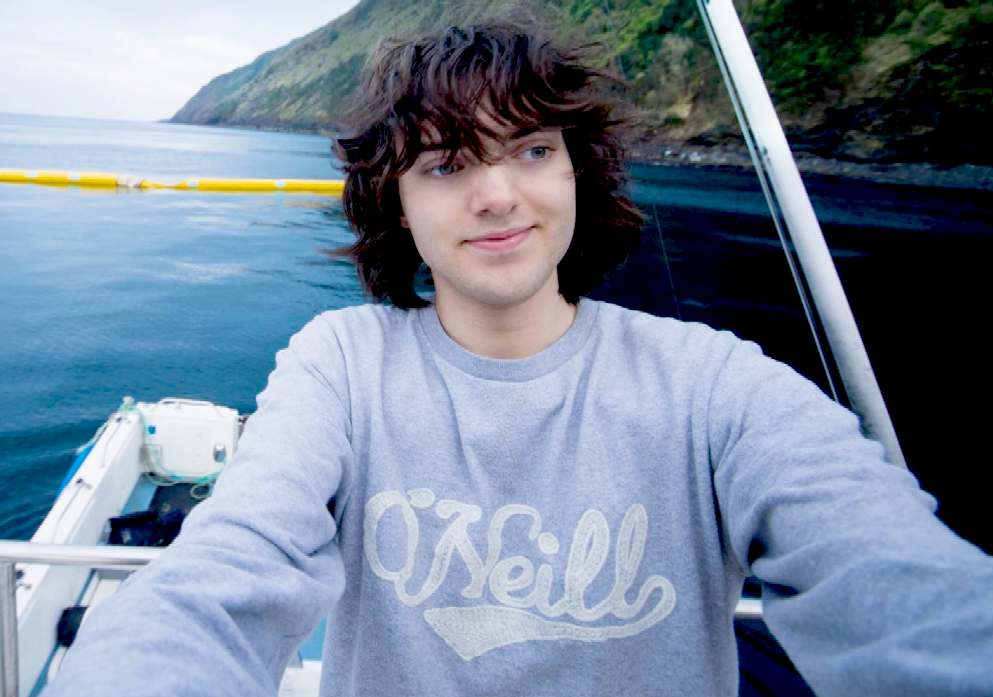
SPECIAL
THANKS
Although all contributions are highly appreciated,
the team owe a special thanks to:
Jouni Koso
Marine & Tom
Accezz International B.V.
Love-My-Pearls.com
D.P. Kruyswijk
Soundwave Studio, Wijdenes
Tamara Kelly
Upcycle.be
Yvonne LeFave
Winnie Chang – Taiwan
Patrick Fecheyr-Lippens
Vaarwinkel.nl
Assia Valentin (Ramassia)
Olivier-Antoine REYNES
Deepdive.ch
Anja Thiele
Trinity Rescue Kit
Castle Craig Netherlands
Henrik Ahlen
BGenius.eu
Simone Willems
PELL-E
Matrix Roofing
EngineerJobs.com
Ursula Zimmermann
Hoe Het Ook Kan
Officebooking
Dive Butler International
Working together with a core team of ~50 people in the Netherlands (and having another 500 people who offered their help worldwide),
the Ocean Cleanup Project are performing research in the fields of engineering, physical oceanography, ecology, finance, maritime law and
pyrolysis/recycling.
CONTACTS
The Ocean Cleanup
Stevinweg 1
2628 CN Delft
The Netherlands
www.TheOceanCleanup.com
www.twitter.com/TheOceanCleanup
www.facebook.com/TheOceanCleanup

INDIEGOGO
CONTACTS
Explore
How
It Works Start
your campaign
LE
HUFFINGTON POST, QUEBEC
Grâce au financement participatif, un jeune Néerlandais de 20 ans a réussi à amasser plus de 2 millions de dollars pour lancer la première phase de son projet qui vise à recueillir les tonnes d'objets de plastique qui polluent les océans.
De la persévérance, de la passion, de l'ambition et une bonne maîtrise des médias sociaux : tel est le secret du succès de l'opération de
Boyan Slat, qui s'est donné la mission, ni plus ni moins, de nettoyer les océans.
Et depuis lundi, il peut dire, en partie, « mission accomplie ». En 100 jours, quelque 38 000 donateurs de 160 pays ont contribué à sa campagne de financement participatif sur le web, lui permettant d'amasser 2 154 282 $US.
Grâce au financement participatif, un jeune Néerlandais de 20 ans a réussi à amasser plus de 2 millions de dollars pour lancer la première phase de son projet qui vise à recueillir les tonnes d'objets de plastique qui polluent les océans.
De la persévérance, de la passion, de l'ambition et une bonne maîtrise des médias sociaux : tel est le secret du succès de l'opération de Boyan Slat, qui s'est donné la mission, ni plus ni moins, de nettoyer les océans.
Et depuis lundi, il peut dire, en partie, « mission accomplie ». En 100 jours, quelque 38 000 donateurs de 160 pays ont contribué à sa campagne de financement participatif sur le web, lui permettant d'amasser 2 154 282 $US.
Son projet, The Ocean Cleanup, pourra donc faire un autre pas en avant. Pour amasser les détritus qui se regroupent naturellement en « continents de déchets », le jeune homme et son équipe ont mis au point un système qui utilise les courants marins naturels afin de recueillir les débris de plastique dans de longues barrières flottantes qui forment un espèce d'entonnoir géant. Elles sont peu coûteuses et respectueuses de l'environnement.
Les barrières sont conçues pour retenir les déchets en surface, tout en laissant aux animaux marins l'espace nécessaire pour circuler en dessous. Les déchets qui sont ainsi amassés doivent ensuite être recueillis par bateau, à des intervalles de plus au moins deux mois.
Une phase de tests à grande échelle du système qu'il a mis au point pour débarrasser les eaux des encombrants déchets de plastique sera donc enclenchée sous peu. Il souhaite ensuite, dans un horizon de 3 ans, avoir une installation de nettoyage opérationnelle.
Son projet, The Ocean Cleanup, pourra donc faire un autre pas en avant. Pour amasser les détritus qui se regroupent naturellement en « continents de déchets », le jeune homme et son équipe ont mis au point un système qui utilise les courants marins naturels afin de recueillir les débris de plastique dans de longues barrières flottantes qui forment un espèce d'entonnoir géant. Elles sont peu coûteuses et respectueuses de l'environnement.
Les barrières sont conçues pour retenir les déchets en surface, tout en laissant aux animaux marins l'espace nécessaire pour circuler en dessous. Les déchets qui sont ainsi amassés doivent ensuite être recueillis par bateau, à des intervalles de plus au moins deux mois.
Une phase de tests à grande échelle du système qu'il a mis au point pour débarrasser les eaux des encombrants déchets de plastique sera donc enclenchée sous peu. Il souhaite ensuite, dans un horizon de 3 ans, avoir une installation de nettoyage opérationnelle.
D'ici dix ans, Boyan Slat aimerait en arriver à nettoyer ce qu'on appelle le vortex de déchets du Pacifique Nord, une immense zone de déchets flottants au large des côtes californiennes.
UN JEUNE PHENOMENE
Boyan Slat commence à s'intéresser au problème de la pollution des eaux par le plastique lors de vacances, en 2011, en Grèce, à l'âge de 16 ans. Il est outré de constater, lors d'une sortie en plongée, qu'il voit plus de sacs de plastique que de poissons.
Le jeune homme est alors au secondaire, et décide de se consacrer à la recherche sur la pollution par le plastique et les solutions possibles pour arriver à s'en débarrasser.
Après avoir écarté plusieurs projets jugés trop polluants ou trop peu efficaces, il présente en 2012 son concept de nettoyage passif à une grande conférence sur les idées novatrices, le TEDxDelft.
Il abandonne plus tard des études en génie aérospatial afin de se consacrer à son projet, et une première campagne de financement participatif lui permet de s'entourer de quelque 100 experts pour en arriver à publier, en juin 2014, une exhaustive étude de
faisabilité.
COMMENT
This
is a great concept, with prospects of some success. In the fight against
plastic waste, it is all hands to the pumps and projects that have any
chance of contributing to a long term clean up solution should be
investigated.
In
this case we think that properly cited filters could be part of the
solution along with other measures to reduce the fresh plastic solids
entering the oceans. It is though a passive system, where we advocate
active measures, such as identifying and targeting the concentrations in
the oceans, where the passive solution may not be practical.
In
our view, the quickest way to clean up a patch is to dive into it mob
handed and filter for all you are worth. Once that is under control,
regular local patrols and enforcement against the worst culprits may
reduce the problem to containable levels. But it will take a concerted
effort by all the players - where action as well as research is vital.
ARCTIC
- ATLANTIC - BALTIC
- BERING - CARIBBEAN
- CORAL - EAST
CHINA - ENGLISH CH - GULF
MEXICO
GOC
- INDIAN
- MEDITERRANEAN - NORTH
SEA - PACIFIC - PERSIAN
GULF - SEA JAPAN - STH
CHINA
PLANKTON
- PLASTIC
- PLASTIC
OCEANS
Wikipedia
Marine_debris National
Geographic 2014 July ocean-plastic-debris-trash-pacific-garbage-patch Plastic
Soup News Blogspot 2014_July Paris
Match Environnement Boyan Slat le sauveur des oceans Deep
sea news 2014 July the ocean cleanup part 2 technical review of the
feasibility study Indiegogo
projects the ocean cleanup feasibility study http://www.theoceancleanup.com/ http://www.boyanslat.com/ http://quebec.huffingtonpost.ca/2014/09/17/the-ocean-cleanup-boyan-slat-nettoyer-oceans-plastique_n_5834594.html https://www.indiegogo.com/projects/the-ocean-cleanup-feasibility-study http://deepseanews.com/2014/07/the-ocean-cleanup-part-2-technical-review-of-the-feasibility-study/ http://www.plasticoceans.net/the-foundation/ http://www.greatrecovery.org.uk/
http://seaplexscience.com/
http://abundantseas.org/
http://www.gyrecleanup.org/cleanup-plan/
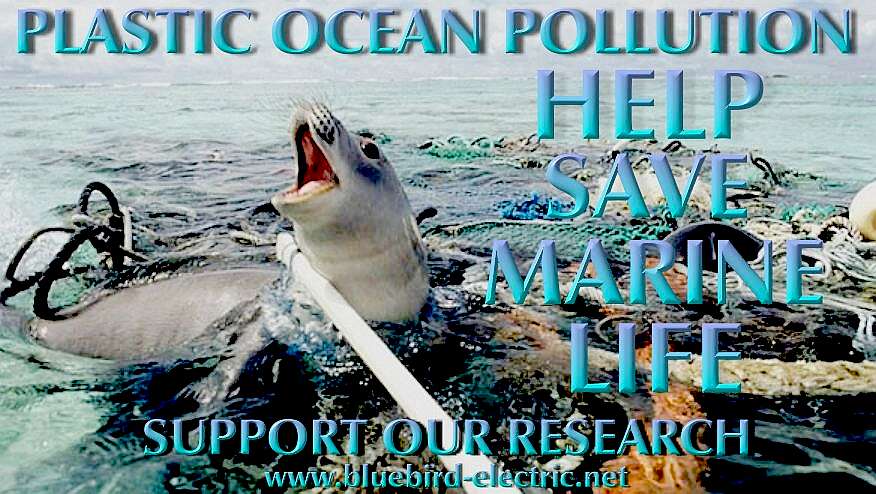
PATENT
PENDING - A non-polluting vessel such as the Bluefish ZCC concept
could be an ideal base machine when it comes to filtering garbage from the world's ocean
gyres. Several of these cleaners operating as Atlantic, Indian and Pacific
ocean fleets could make such
conservation measures cost effective, and even potentially attractive to
governments around the world - for the health of the world. Recovered
plastic could be processed to produce oil, energy or recycled products.
Better than letting fish and seabirds eat the waste and kill themselves, and
who knows how that may affect us, where seafood is an essential resource for
mankind. Click on the picture above to read more >>>>>>
|







